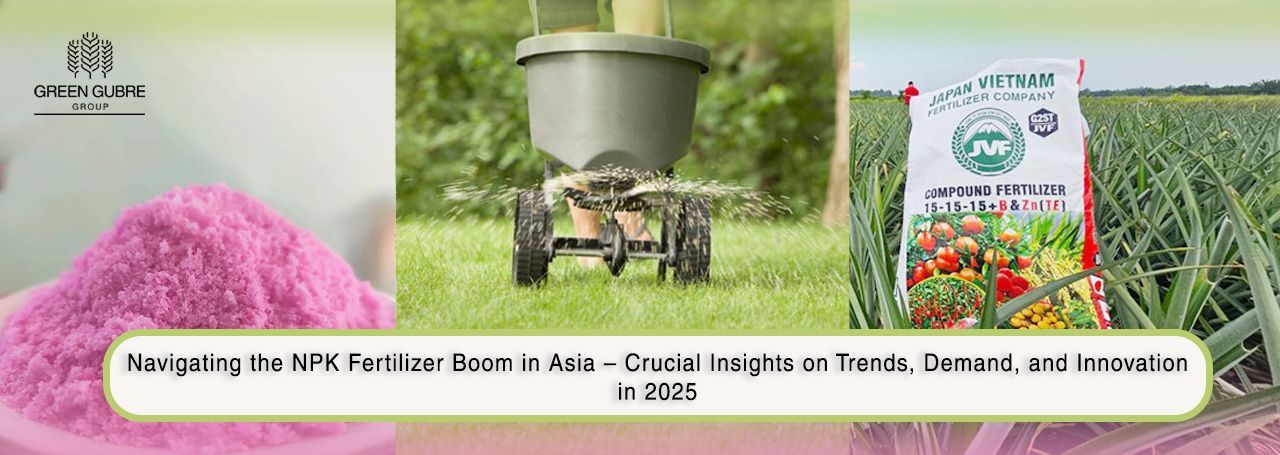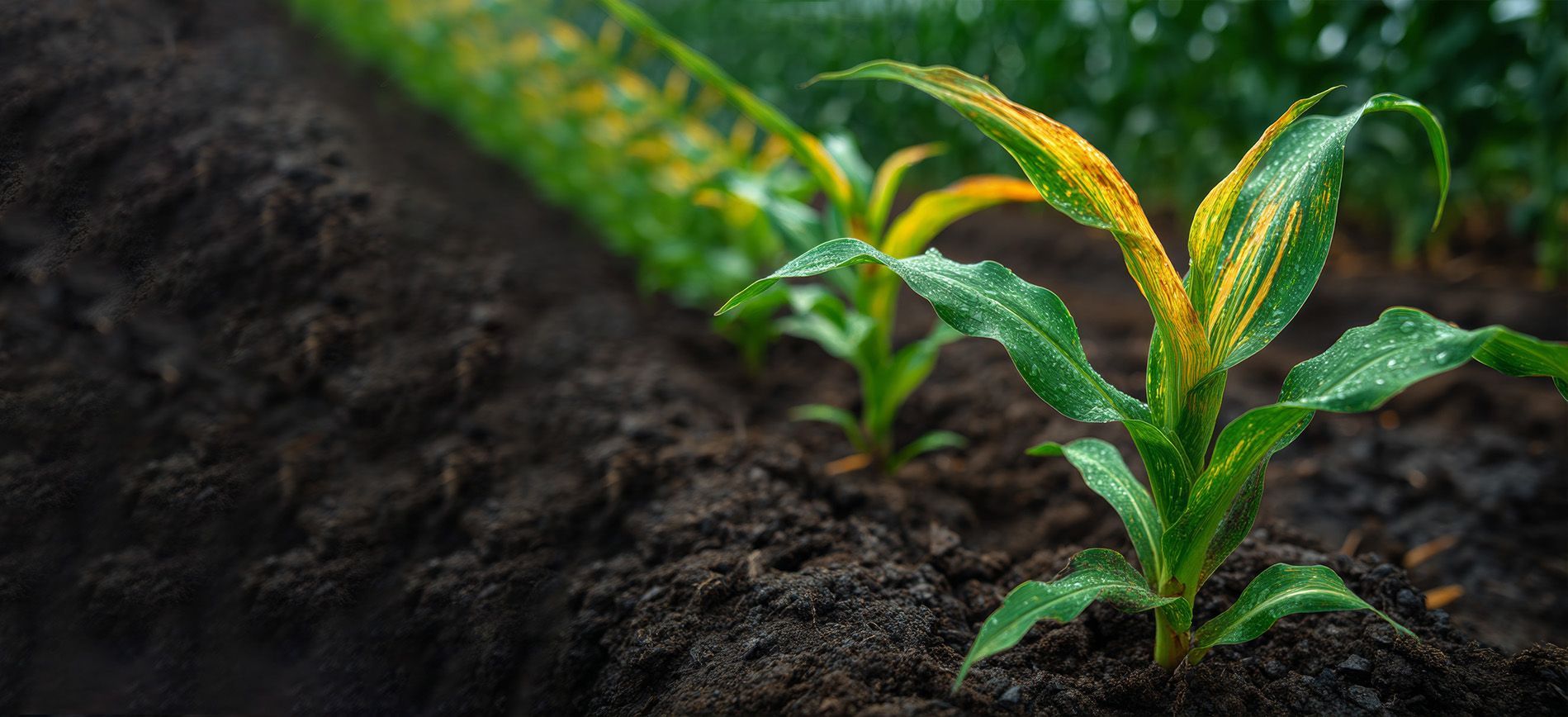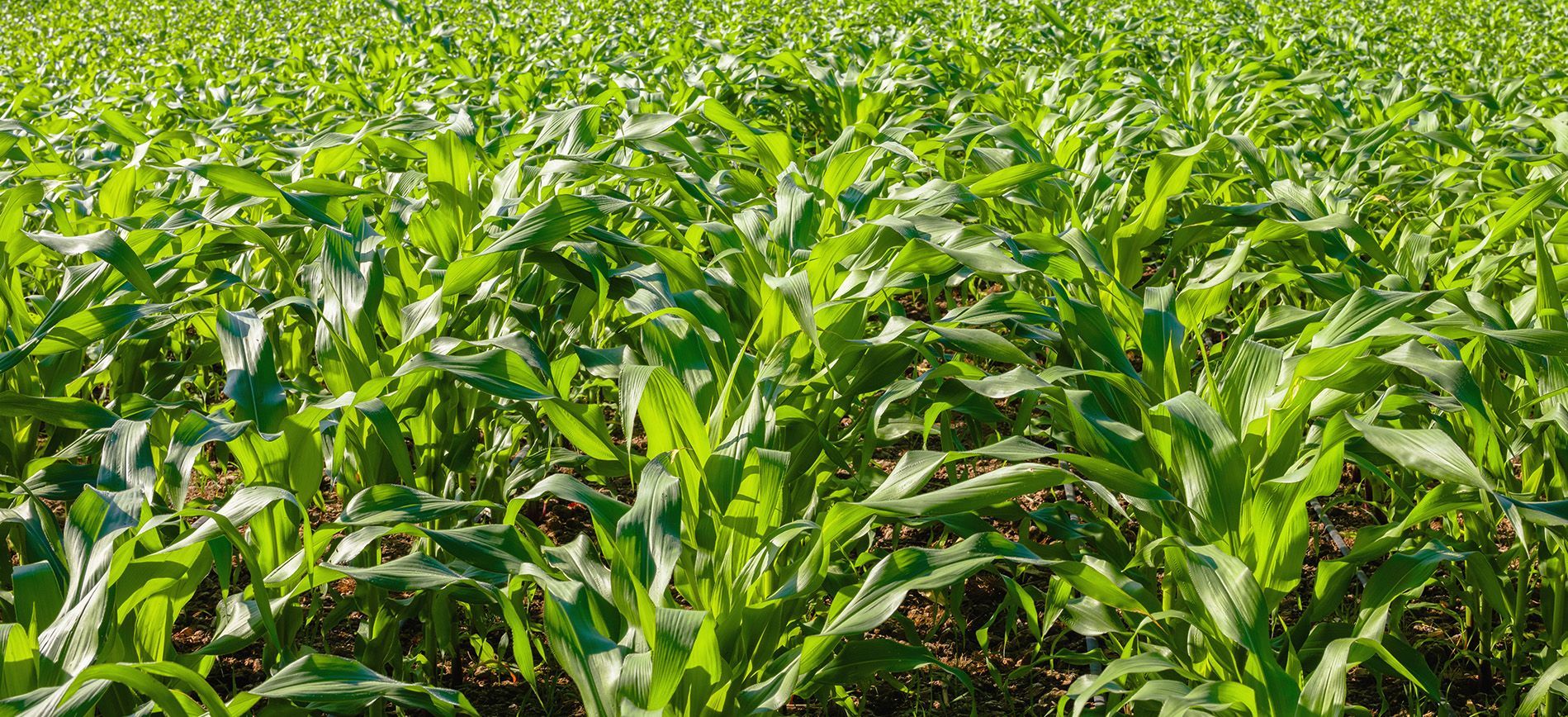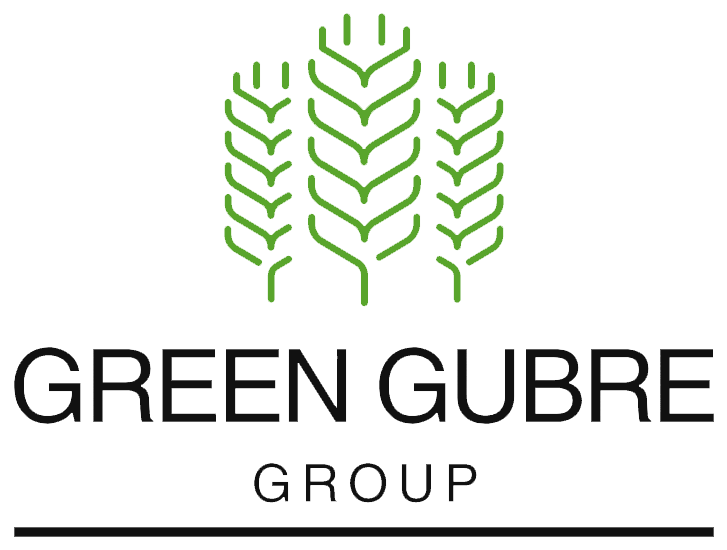Navigating the NPK Fertilizer Boom in Asia – Crucial Insights on Trends, Demand, and Innovation in 2025
Navigating the NPK Fertilizer Boom in Asia – Crucial Insights on Trends, Demand, and Innovation in 2025

Asia’s Soil, Asia’s Strategy
Asia—home to more than half of the world’s population—is experiencing a surge in NPK fertilizer demand. With agricultural modernization, food security policies, and shifting climate conditions, NPK usage across Asia is evolving rapidly. In 2025, this growth will be especially pronounced in India, China, Vietnam, Indonesia, and emerging Central Asian markets.
This blog explores how NPK fertilizer, driven by innovation, is becoming central to Asia’s food system, shaping market dynamics and the trade relationships that are transforming the industry.
1. India: Driving Growth Through Policy and Precision
India remains one of the largest consumers of NPK fertilizers, and in 2025, record demand will be seen due to government-backed incentives and widespread mechanized farming.
- DBT Subsidies: These direct Benefit Transfers are a key part of India's strategy, making NPK blends more affordable to smallholders and encouraging their use. PM PRANAM Support: This initiative, which encourages balanced nutrition over nitrogen-heavy usage, is a significant part of India's efforts to promote sustainable and efficient farming practices.
- PM PRANAM Support: Encouraging balanced nutrition over nitrogen-heavy usage.
- Custom Blends: Farmers in Punjab, Maharashtra, and Tamil Nadu increasingly demand micronutrient-enriched 15-15-15 and 20-10-10 NPK blends.
Trend Insight: India’s NPK imports are expected to grow 8–10% year-on-year, with increasing interest in water-soluble and fertigation-compatible products.
2. China: Innovation and Regulation Go Hand-in-Hand
China’s 2025 fertilizer strategy pivots around environmental control and efficiency. NPK production remains strong, but exports are highly regulated under strategic licensing.
- Domestic Focus: Environmental law restricts overuse, encouraging slow-release and nano-enhanced NPKs.
- Export Outlook: While exports are capped, trade with Belt and Road countries (especially Southeast and Central Asia) continues under bilateral deals.
- Innovation in Formulation: China's food and environmental control and efficiency drive innovation in NPK blends. For instance, polymer-coated NPK blends designed for horticulture and protected cropping systems are gaining traction, offering a more efficient and sustainable way to deliver nutrients to crops.
3. Southeast Asia: Feeding the Population with Efficient Inputs
Indonesia, Vietnam, Thailand, and the Philippines are expanding high-yield farming systems that depend heavily on NPK input.
- Crop Focus: Rice, sugarcane, and palm oil require high nutrient uptake.
- Import Surge: Due to limited domestic production, countries import specialty NPKs from India, China, and Russia.
- Fertigation Trend: Fertigation-compatible soluble NPKs are in high demand in the fruit and vegetable sectors, especially in Vietnam and Malaysia.
4. Central Asia: A Rising Frontier
Kazakhstan, Uzbekistan, and Turkmenistan are modernizing agriculture with increased reliance on imported NPKs.
- Russian Proximity: Supplies of 16-16-16 and 12-24-12 blends often come via Russia and Turkey.
- Irrigation Expansion: New irrigation infrastructure increases demand for water-soluble fertilizers.
- Donor Investment: Multilateral institutions are investing in regional blending plants.
5. Trade and Logistics: Regional Integration in Action
- India exports NPK to East Africa and Bangladesh.
- China’s exports to Southeast Asia remain crucial despite quotas.
- Turkey plays a key role in supplying Central Asia.
Port Highlights:
- Vizag and Mundra (India)
- Qingdao and Nanning (China)
- Port Klang and Tanjung Priok (SE Asia)
Conclusion: Asia’s NPK Demand Is a Global Opportunity
As Asia scales up its fertilizer use in smarter, more sustainable ways, the demand for NPK is not just expanding—it’s evolving. For global suppliers, this means more than just offering products; it requires precision, environmental compliance, and region-specific solutions.
Green Gubre Group supports Asian agriculture through innovation, responsible sourcing, and long-term trade relationships.




